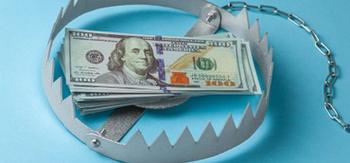
Beware phishing attempts in 2020
Implement these security measures to prevent the malware and ransomeware attacks.
According to the National Institute for Standards and Technology (“NIST”), phishing is defined as “[a] technique for attempting to acquire sensitive data, such as bank account numbers, through a fraudulent solicitation in email or on a web site, in which the perpetrator masquerades as a legitimate business or reputable person.” Often times, phishing attacks, especially those executed through email and unsecure websites, lead to the deployment of ransomware.
In June 2019, the FBI issued a public service announcement entitled
In 2020, phishing continues to be an area of interest-especially in the area of healthcare. And, it’s a worldwide issue. For example, a
Trending:
As the U.S. Department of Health and Human Services (“HHS”) has espoused for years, “the HIPAA Security Rule requires implementation of security measures that can help prevent the introduction of malware, including ransomware.” These include the following:
- Conducing a risk analysis as part of an organization’s security management process;
- Implementing policies and procedures, as well as adequate training, to detect phishing emails and other forms of malicious software; and
- Requiring access controls to limit the number of individuals, as well as the number of login attempts.
In sum, the continued emphasis of cybercriminals on healthcare organizations should serve as a warning to covered entities, business associates and subcontractors alike. Doing so can assist health systems and physicians’ practices from having to resort to paper charts and a disruption of care, which has the potential to lead to patient deaths.
Newsletter
Optimize your practice with the Physicians Practice newsletter, offering management pearls, leadership tips, and business strategies tailored for practice administrators and physicians of any specialty.











